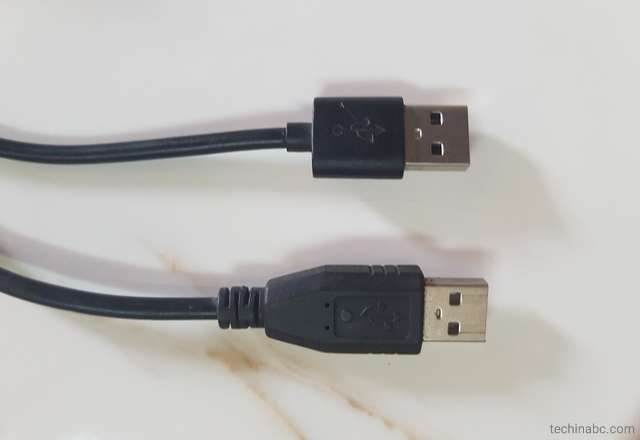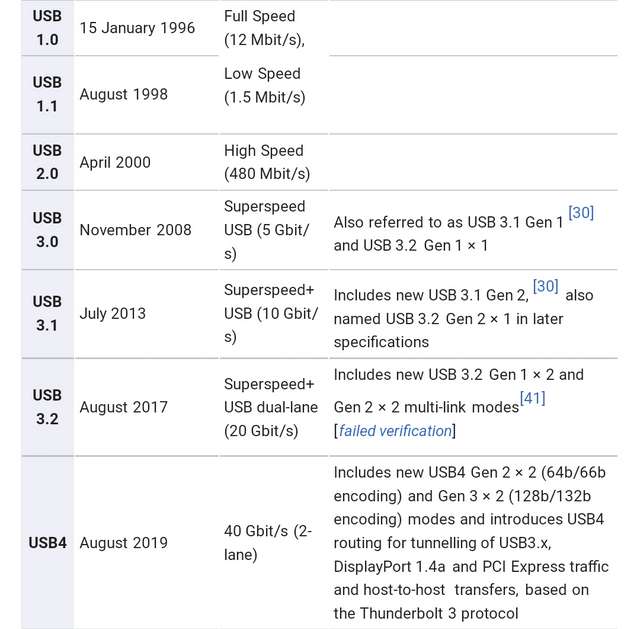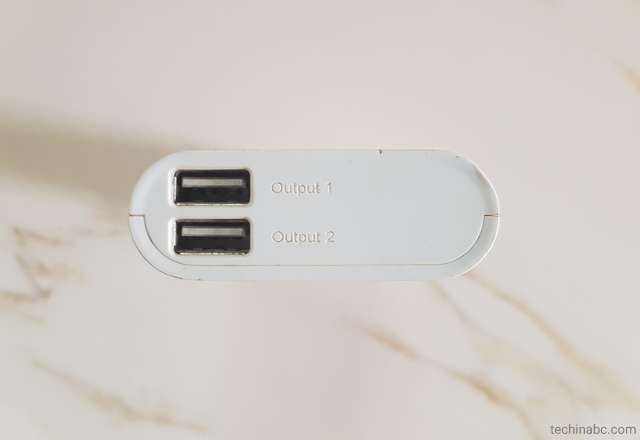
Technology is moving fast and so also are other things attached to it; from small basic household electronic device such as electric toothbrush to dynamic electronic systems such as rollable Smart TVs, the advancement in technology have pushed the boundaries of how we connect and interact with the gadgets we use in our homes and offices everyday.
The 21st century technology devices are capable of processing mammoth amounts of data and solving complex calculations within milliseconds – thanks to their powerful chips and the advanced programming imbibed in their softwares. Our interactions with these devices, however, involved transferring data/power from one location to another, from one device to another, or from one storage to another.
⇒Join us on Telegram for more Sure and Accurate football-winning tips every day...click here
Essential gadgets such as smartphones, laptops, TVs, home theaters, gaming consoles, Blu Ray players, monitors, projectors, and lots more have connectivity ports where users can plug in other peripherals such as external storage drive, external display, sound systems and the likes for added functionalities. Among the widely-available connectivity that can be found on almost all technology devices is the USB.
USB, the acronym of which stands for Universal Serial Bus, is one of the oldest connectors that is used to transfer data, add peripherals, and to transfer power on media and data-driven devices. Different types of USB connectors have existed over the years with different mouths, pins, sockets, and specifications; but the most common standard that was widely-adopted is the USB 2.0, which was released in April 2000.
The USB 2.0 succeeded the USB 1.0 and USB 1.1, and it offered much more than what its predecessors brought to the tech space during their time. It can render a transfer speed of up to 480 megabits per second (Mbps), which is forty times faster compared to USB 1.0 and USB 1.1 full transfer speed of 12Mbps, but that’s not all.

Source: Wikipedia
The USB 2.0 also excelled in the maximum current it can output, which is 0.5A (500mA). Moreover, it is backward compatible with devices that support only USB 1.1 or USB 1.0 and will work as expected. However, the tech landscape has drastically changed over the past few years and the world is more data-driven than ever. Latest tech devices also required more power to function. The USB 2.0 simply can’t cope with the need of the present time.
There are now newer power-driven data-driven USB standards that have replaced the good’ol USB 2.0, the latest being USB4. But before the advent of the USB4 (released in 2019), there had been USB 3.2, USB 3.1, and USB 3.0. All of these come with significant upgrades when compared with USB 2.0. They are very fast, can output lots of power (up to 100 Watts), and they can handle multiple complex connections with ease.
 |
| An USB Hub |
With the arrival of newer wireless connectivity standards such as 5G, WiFi 6, and Bluetooth 5, it is apparent that we need a faster more efficient way of transferring data to and fro on our tech devices – the latest USB standards bridge this gap. Today’s smartphones, laptops, TVs, and other high-end gadgets now come with USB 3.x as default for media, data, and power transmission, while the USB4 is steadily gaining grounds.
The USB4 can render a data transfer speed of 40 gigabit per second (Gbps), same as the Thunderbolt 3. In comparison, it is eighty-three times faster than USB 2.0. In the current space, the USB 2.0 is no longer relevant because there are faster, better, smarter, and more power efficient solutions that offer the present need in the technology space. It has joined the outdated group of connectivity standards that the world no longer need, such as the VGA.
It is all for the best. Sooner or later, the USB4 will be the default, and in some years time the USB 3.x will become outdated and irrelevant just as the USB 2.0 is today. The world is revolving, and so also are everything within it. We hope for a better future.



